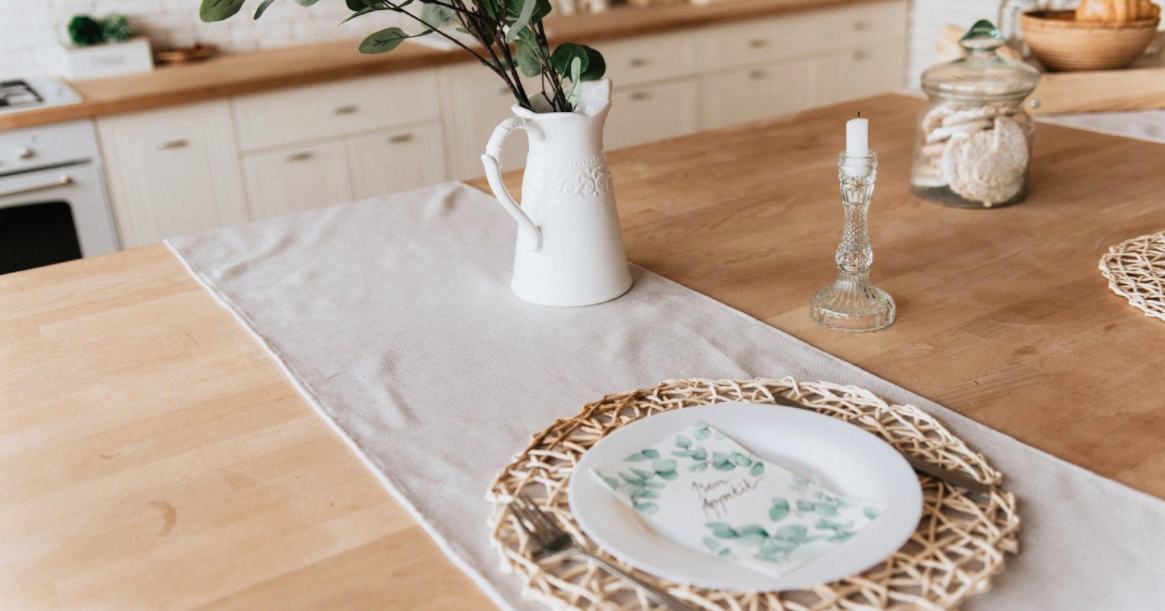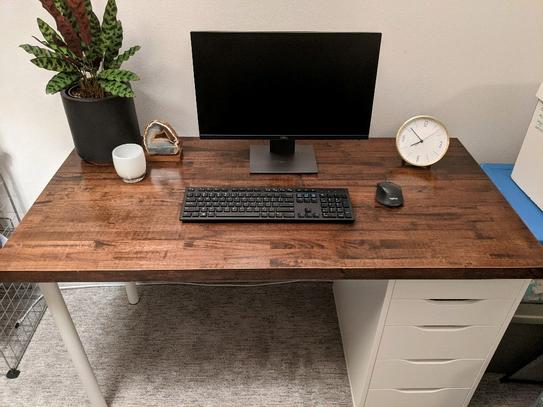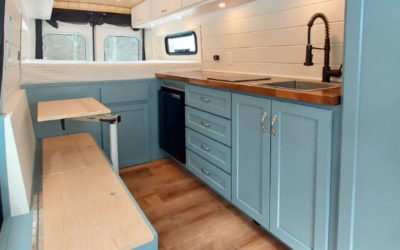Photo by Dmitry Zvolskiy from Pexels
Butcher block is an affordable countertop material known for its functionality and warmth. Maintain them regularly and butcher block countertops will age gracefully. Because of this, butcher block is a popular choice for kitchen remodels as the material is durable, versatile, and can double as both a chopping surface and a serving table.
However, choosing the right wood for your butcher block countertops can be a daunting task. Below are some considerations to help make your decision an easy one.
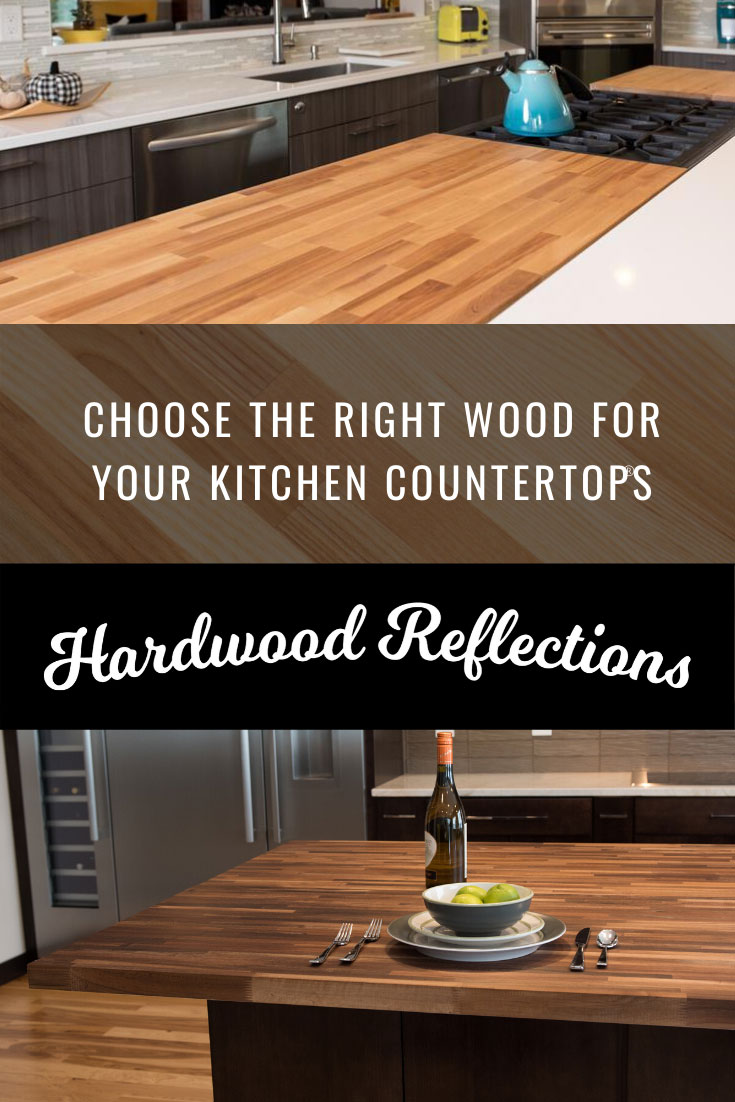
Considering Lighting and Coloring in Your Kitchen
It’s important to consider the natural lighting in your kitchen, whether you gravitate towards warmer or cooler tones, and whether or not you want to bring any additional light into the room.
Birch – One of the most popular options for kitchen styles, birch wood is known for its uniform grain and lighter colors. It can help to brighten your kitchen and make it feel light, airy, and cool.
Sapele – This hardwood is naturally reddish in color. This is a great affordable option if you’re looking to add color and warmth to your kitchen.
European Walnut – One of the sought after hardwoods in the world, Walnut is naturally a chocolate brown color and can help darken and visually warm a kitchen with its rich tones.

Matching Your Wood to Other Materials in Your Kitchen
You can choose to match or compliment any other materials in your kitchen when deciding on a wood to use for your countertop. Mixing and matching different materials can create visual interest when done in moderation.
Maple – This wood is typically chosen for its functionality when it comes to being used as a cutting board. However, with the appropriate stain, maple can mimic the look of cherry or mahogany if you’re looking to match with your kitchen cabinets.
Ash – Ash is a great choice if you’re working with solid colored cabinets. Known for it’s wavy grain and variations in color throughout, this wood is also easy to mix and match at the seams.
Acacia – Despite it’s unique grain pattern, Acacia could mix well with a variety of materials in your kitchen. The wood’s color variety is typically within the medium range and darker accents can help compliment your kitchen’s current color palette.
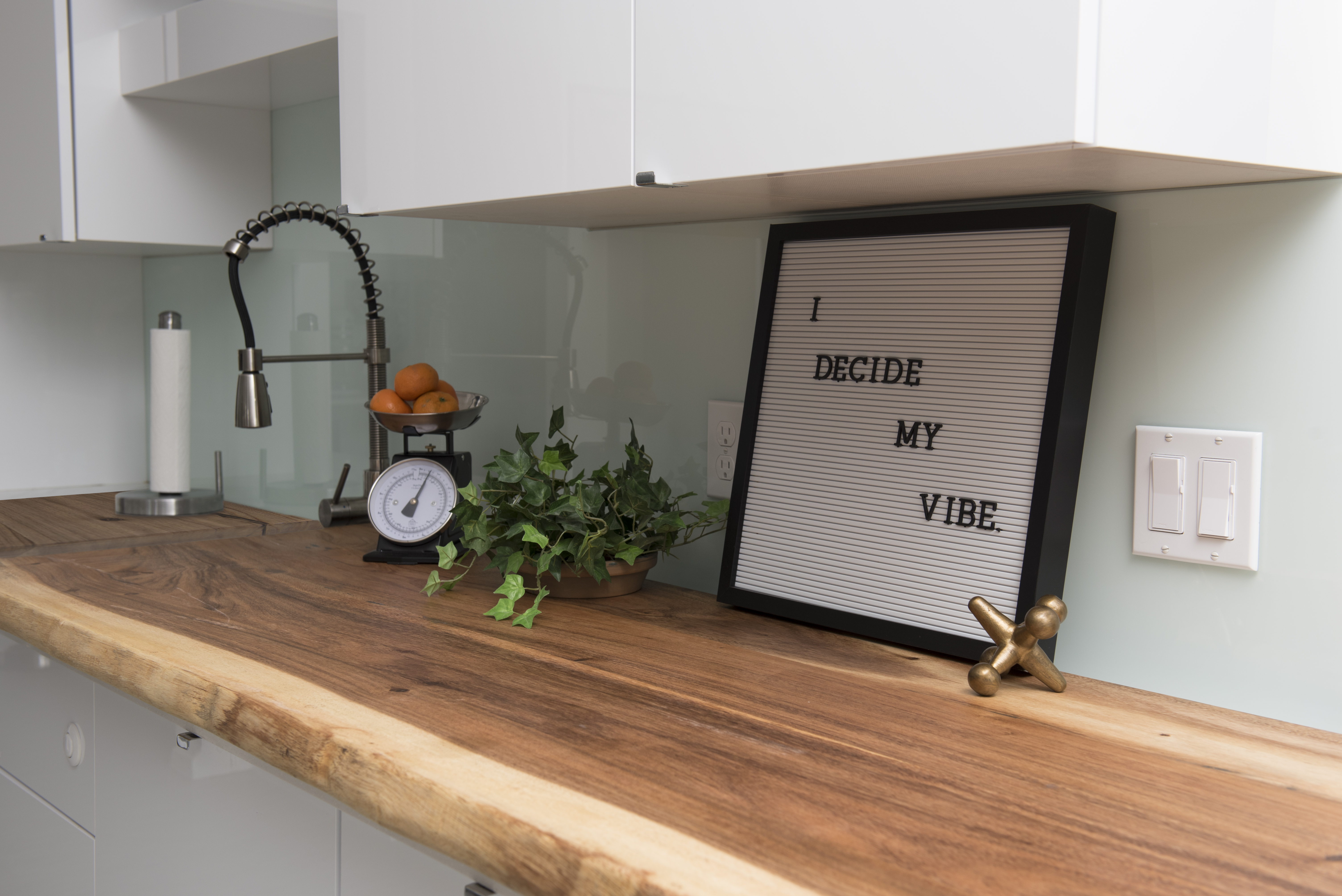
Finished vs. Rustic Options for DIYers
Whether you’re aiming for a country chic atmosphere or interested in a more clean and modern aesthetic, your choice of wood can play a huge role in achieving a certain look!
European Alder – This is a great sustainable choice is you’re looking to create a rustic-modern atmosphere in your kitchen. A generally straight-grained wood, European Alder offers a balance between a uniform and knotty wood.
Beech – This straight-grained wood is known for its ability to to shine with almost every finish and color. A great option if you’re looking to use your countertop as a cutting board, Beech wood is dense and lays evenly across the entire piece.

